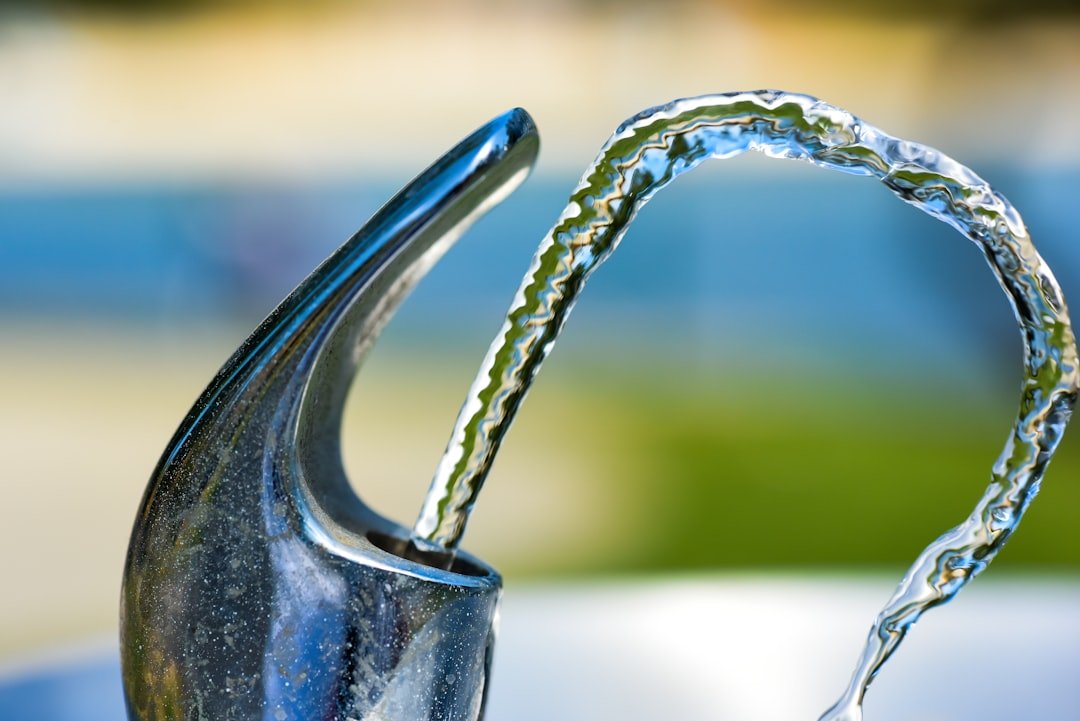
The impact of sodium and ways to reduce salt intake
Sodium is an essential mineral that plays a crucial role in the body. It helps maintain the balance of fluids, supports nerve and muscle function, and regulates blood pressure. However, consuming too much sodium can have negative effects on health. Salt, which is composed of sodium and chloride, is the most common source of dietary sodium. In this article, we will explore the impact of sodium intake on health and discuss strategies for reducing sodium consumption.
Understanding the Nutritional Value of Sodium
The recommended daily intake of sodium for adults is 2,300 milligrams (mg) or less, which is about one teaspoon of salt. However, the average American consumes much more than this amount, with estimates ranging from 3,400 to 3,600 mg per day. This excessive intake is largely due to the high sodium content in processed foods and restaurant meals.
Sodium can be found naturally in foods such as milk, meat, and vegetables. However, the majority of sodium in the diet comes from processed foods like canned soups, frozen meals, and snack foods. These foods are often high in sodium because it acts as a preservative and enhances flavor.
While sodium is necessary for the body to function properly, consuming too much can have negative effects on health. High sodium intake has been linked to an increased risk of high blood pressure, heart disease, stroke, and kidney disease.
The Negative Impact of Excessive Sodium Intake on Health
Excessive sodium intake can have a detrimental effect on health. One of the most well-known associations is between high sodium intake and high blood pressure. When there is too much sodium in the bloodstream, it pulls water into the blood vessels, increasing blood volume and putting extra strain on the heart and blood vessels. Over time, this can lead to hypertension or high blood pressure.
High blood pressure is a major risk factor for heart disease and stroke. It can damage the arteries, leading to the buildup of plaque and increasing the risk of heart attacks and strokes. Additionally, high sodium intake can also have a negative impact on the cardiovascular system by causing the blood vessels to become stiff and less elastic.
The Connection Between High Sodium Intake and Chronic Diseases
In addition to high blood pressure, high sodium intake has been linked to an increased risk of chronic diseases such as heart disease, stroke, and kidney disease. A diet high in sodium can contribute to the development of these conditions by promoting inflammation, oxidative stress, and endothelial dysfunction.
Heart disease is the leading cause of death worldwide, and high sodium intake is a major risk factor. Studies have shown that reducing sodium intake can lower blood pressure and decrease the risk of heart disease. Similarly, stroke is a leading cause of disability and death, and high sodium intake has been associated with an increased risk.
Kidney disease is another condition that can be influenced by sodium intake. The kidneys play a crucial role in regulating sodium balance in the body. When there is too much sodium in the bloodstream, the kidneys have to work harder to excrete it, which can lead to kidney damage over time.
The Recommended Daily Sodium Intake for Adults
The recommended daily sodium intake for adults is 2,300 mg or less. However, certain individuals may need to consume less sodium depending on their health conditions or risk factors. For example, individuals with high blood pressure or kidney disease may need to limit their sodium intake to 1,500 mg per day.
Factors that can affect an individual’s sodium needs include age, sex, activity level, and overall health. Athletes or individuals who engage in intense physical activity may need more sodium to replace what is lost through sweat. On the other hand, older adults or individuals with certain health conditions may need to limit their sodium intake to prevent complications.
The Role of Sodium in Processed Foods and Restaurant Meals
Processed foods and restaurant meals are major contributors to high sodium intake in the modern diet. These foods are often high in sodium because it enhances flavor, acts as a preservative, and improves texture. Some common examples of high-sodium processed foods include canned soups, deli meats, frozen meals, and snack foods.
Restaurant meals can also be high in sodium due to the use of salt in cooking and food preparation. Many popular dishes at restaurants are loaded with sodium, such as burgers, fries, pizza, and pasta dishes. Even seemingly healthy options like salads can be high in sodium if they are topped with dressings or sauces that are high in salt.
Tips for Reducing Sodium Intake at Home
Reducing sodium intake can be challenging, especially when so many processed foods and restaurant meals are high in sodium. However, there are several strategies that can help individuals reduce their sodium consumption at home.
One of the most important tips is to read food labels and choose low-sodium options whenever possible. Food labels provide information about the sodium content per serving, allowing individuals to make informed choices. It is also important to be aware of hidden sources of sodium, such as condiments, sauces, and seasonings.
Cooking at home using fresh ingredients is another effective way to reduce sodium intake. By preparing meals from scratch, individuals have control over the amount of salt that is added to their dishes. Using herbs, spices, and other flavorings can help enhance the taste of food without relying on salt.
Low-Sodium Food Alternatives and Substitutes
Incorporating low-sodium food alternatives and substitutes into the diet can also help reduce sodium intake. There are many options available that can provide flavor without adding excessive amounts of salt.
For example, individuals can use herbs and spices like garlic, onion, basil, oregano, and cumin to add flavor to their dishes. Lemon juice, vinegar, and citrus zest can also provide a tangy taste without relying on salt. Additionally, using low-sodium or sodium-free condiments and sauces can help reduce sodium intake.
Choosing fresh fruits and vegetables, lean proteins, and whole grains can also help reduce sodium intake. These foods are naturally low in sodium and provide essential nutrients that support overall health.
The Benefits of a Low-Sodium Diet on Overall Health
Adopting a low-sodium diet can have numerous benefits for overall health. By reducing sodium intake, individuals can lower their blood pressure, decrease the risk of heart disease and stroke, and improve kidney function.
Lowering blood pressure is one of the most significant benefits of a low-sodium diet. High blood pressure is a major risk factor for heart disease and stroke, and reducing sodium intake can help lower blood pressure levels. This can lead to a decreased risk of cardiovascular events and improved overall heart health.
A low-sodium diet can also have a positive impact on kidney function. By reducing the workload on the kidneys, individuals can help prevent kidney damage and maintain optimal kidney function. This is especially important for individuals with pre-existing kidney conditions or those at risk for developing kidney disease.
Conclusion and Final Thoughts on Reducing Sodium Intake
In conclusion, excessive sodium intake can have negative effects on health, including an increased risk of high blood pressure, heart disease, stroke, and kidney disease. The recommended daily intake of sodium for adults is 2,300 mg or less, but many individuals consume much more than this amount.
Reducing sodium intake can be challenging due to the high sodium content in processed foods and restaurant meals. However, by reading food labels, cooking at home using fresh ingredients, and incorporating low-sodium food alternatives and substitutes into the diet, individuals can significantly reduce their sodium consumption.
Adopting a low-sodium diet can have numerous benefits for overall health, including lower blood pressure, decreased risk of chronic diseases, and improved kidney function. By making small changes to reduce sodium intake, individuals can take control of their health and improve their overall well-being.
FAQs
What is sodium?
Sodium is a mineral that is essential for the proper functioning of the body. It helps regulate blood pressure, maintain fluid balance, and transmit nerve impulses.
What is the recommended daily intake of sodium?
The American Heart Association recommends consuming no more than 2,300 milligrams of sodium per day, with an ideal limit of no more than 1,500 milligrams per day for most adults.
What are the health risks associated with consuming too much sodium?
Consuming too much sodium can lead to high blood pressure, which increases the risk of heart disease and stroke. It can also contribute to other health problems such as kidney disease, osteoporosis, and stomach cancer.
What are some common sources of sodium in the diet?
Some common sources of sodium in the diet include processed foods, canned foods, fast food, and restaurant meals. Bread, cheese, and deli meats are also high in sodium.
What are some ways to reduce salt intake?
Some ways to reduce salt intake include cooking at home using fresh ingredients, choosing low-sodium or no-salt-added products, and using herbs and spices to flavor food instead of salt. Reading food labels and avoiding processed foods can also help reduce salt intake.


















